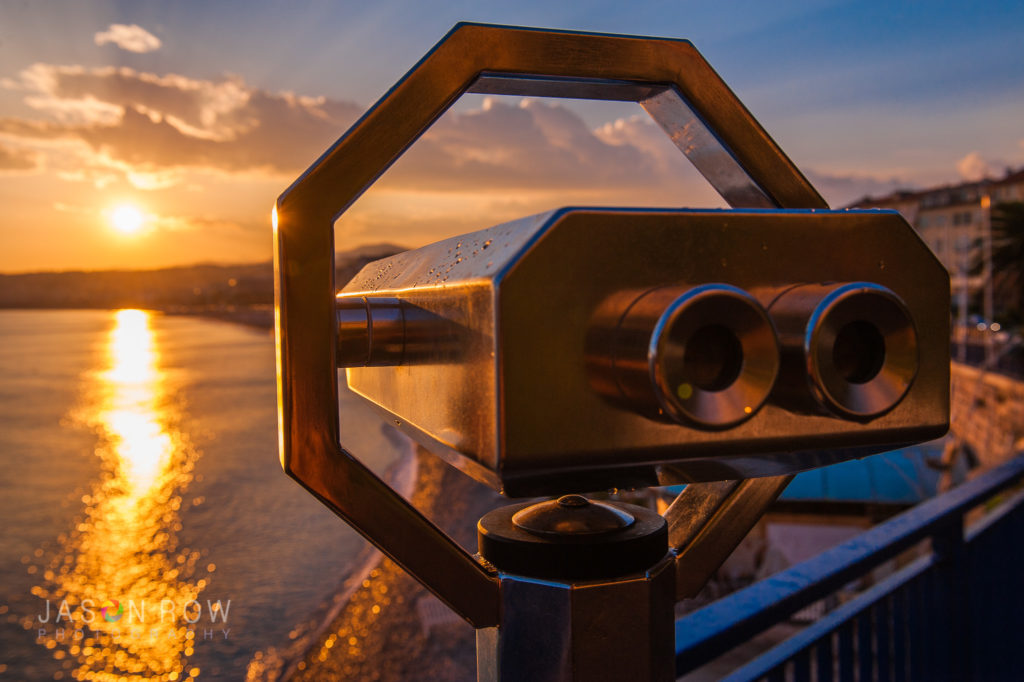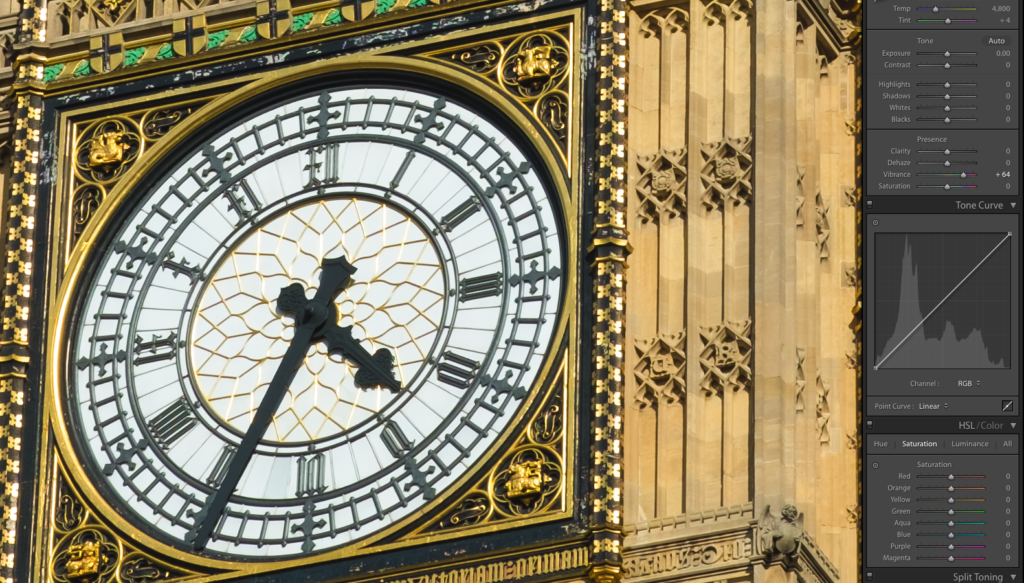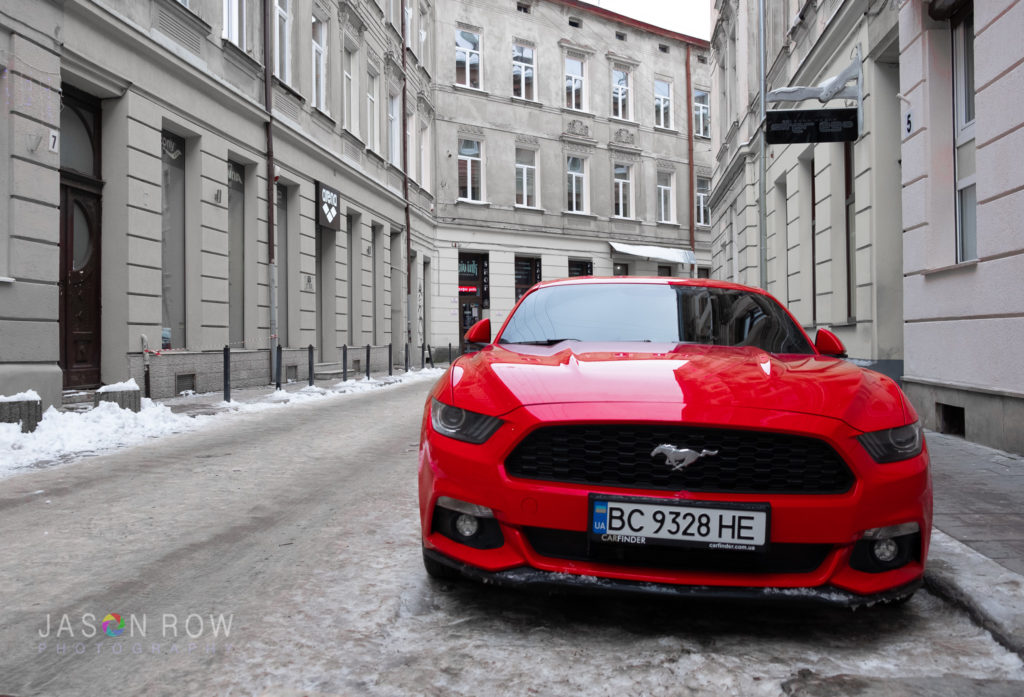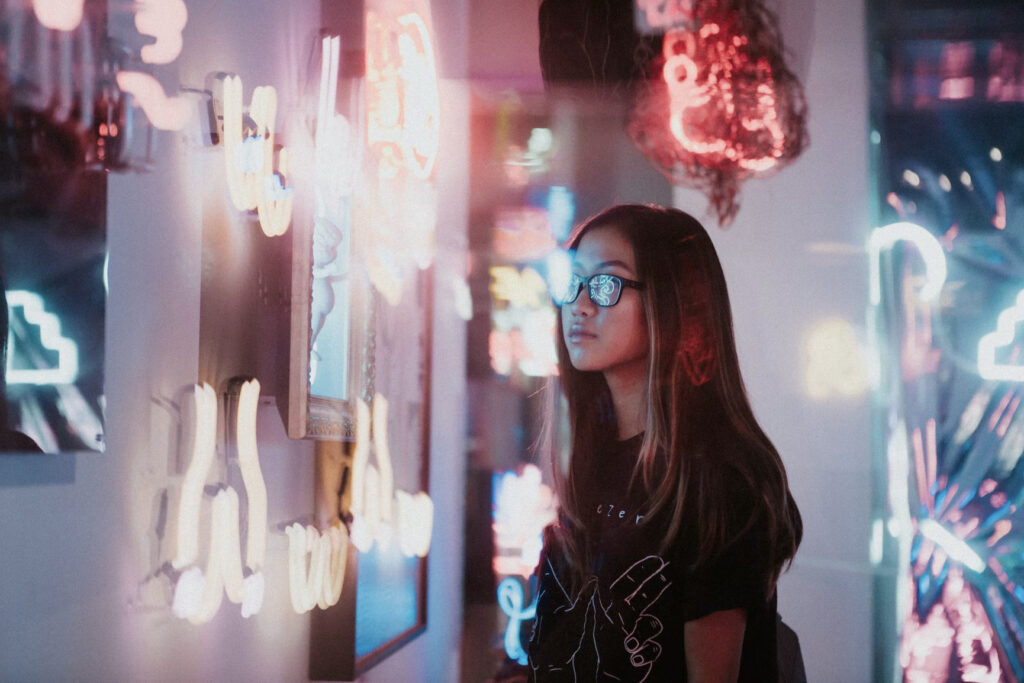There is probably one thing more than any other that newcomers to photography do wrong in their editing. They oversaturate their images. But how much saturation is too much? Should you saturate at all?
There is no simple answer to the question “should I saturate my images more?” simply because there are too many variables and of course the whole question is subjective.
Today we are going to try and shed some light on that question and give you some guidance on adding saturation to your images.

RAW or JPEG.
The first thing to take into consideration is the image file type. JPEG files have saturation added to them by default. Depending on which scene mode or JPEG settings, that saturation might be quite strong. The JPEG files from most consumer level cameras have their saturation set pretty high. This, to be honest, is simply to flatter the photographer. If you are relatively new to photography you are going to be wowed by the pictures your camera can take.
RAW files, however, do not add any saturation in camera. This leads to flat, dull looking originals which in turn leads to inexperienced photographers, oversaturating them in post.
If you have enough space on your memory cards, shoot RAW and JPEG. In the camera’s menu system, set the JPEG saturation down one or two notches, reducing it. Now when you return from a shoot, you can use the more natural looking JPEG as a reference point for editing your RAW file.

Deciding On A Look.
Over time you will probably notice that you are developing a style to your photography. Part of that style will be the way you post produce your images. Saturation is a key part of your photographic style. My own style tends to be bright, colourful, and saturated, but not over saturated.
You, however, may have a more low key muted style to your shots. In this case, while you might saturate your images a touch, the level will be very subtle.
If you are relatively new, and developing your style, play around with different versions of the same image. Highly saturate some, while lightly saturating other versions.

Saturation v Vibrance.
Saturation is a widely used term in photography, but these days it is not the only option. One other option is increasing the vibrance. When you saturate an image, it increases the colour intensity of all the colours within that image. That means that it is very easy to oversaturate a specific colour. Reds, in particular, are very prone to this.
Vibrance on the other hand only increases the intensity of lower key colours. For example, let’s assume you have a shot with a fairly dull and flat blue sky, but brightly saturated foliage in the foreground. Raising the vibrance will increase the apparent saturation of that blue sky without affecting the already nice looking leaves.
It’s a very useful tool for selectively increasing saturation.

Saturate Individual Colours.
With modern editing tools, we have the ability to saturate individual colours within an image. For example, in Lightroom, you can use the Saturation tab in the HSL panel to selectively increase saturation in a specific colour range. This gives us even more control than using vibrance and allows us to saturate or even desaturate parts of the image.
When saturating individual colours switch your histogram over the RGB mode. In this mode, you can see individual graphs for red, green, and blue. If any of them are off either end of the histogram you will have colour clipping, either oversaturated on the right side or undersaturated on the left.

So, Should I Saturate My Images?
If you shoot RAW, then you will almost certainly need to boost the saturation of your images. If you shoot JPEG only, then you need to make a subjective decision. Has the camera given me enough saturation or should I add more? Be aware, however, adding, or even reducing saturation in JPEGs can lead to slight degradation of the image. The latitude of a JPEG to increased saturation is lower than that of a RAW file and it is for this reason that many newcomers image look way over saturated.
How Much Is Too Much?
Again this is going to be purely subjective. However, if you have pushed any of the red, green or blue channels past the edge of the histogram then you do have too much. If however, those colours remain within limits its down to whether you and your audience prefer the saturated or more natural look.

Saturation is a great tool for photographers. It can also be somewhat of a sledgehammer. Use it sparingly, a little at a time and gently increase the saturation until you are happy. Have a look also at vibrance and saturating individual colours and you will soon find yourself editing striking images but without being glaringly over saturated.
Do you have a personal preference in saturating images? Let us know in the comments below.




